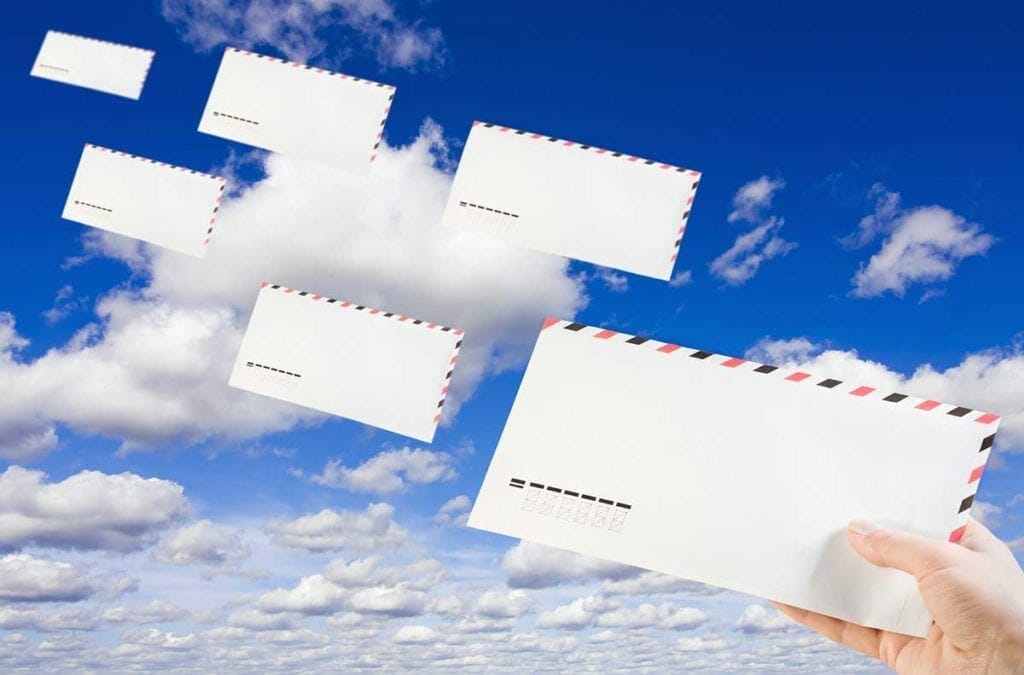Let’s talk about direct mail fundraising.
Some organizations base their entire income on direct mail fundraising efforts. However, for the novice fundraiser or a new nonprofit, doing so is a risky bet if you are just blanketing the mailing list with generic fundraising pleas.
My approach to direct mail is different than most, in that it targets a smaller audience – but those who are most likely to follow through.
First, identify those individuals with “Propensity to Give.” They are those with a demonstrated philanthropic commitment to like-minded organizations and/or fundraising efforts (e.g. Fine Arts, STEM, Early Childhood Education, Ecological Conservation).
These individuals are easily found via annual reports, gala invitations, and newsletters of the various organizations. Groups love to broadcast the names of their supporters, and most supporters are not shy about being recognized. Tap into those publications, saving them and cataloging them for future use.
Next, choose your spokesperson. Once a targeted mailing list is in place, consider the author of the fundraising letter. Who has the common link to the majority of donors on the list? Is it one of your board members? A volunteer? A community leader?
Look for the individual who has the ability to raise support via the mere mention of his/her name.
An important step is to design personal letterhead for the author of the letter to ensure the communication looks like it was written specifically for the recipient. Do not send something that looks and feels like a Xerox copy. Professional materials get professional results.
The text of a solicitation letter should tug at the heartstrings and reference local stories rather than generalities. Each letter should be personal, local, and relevant to the reader.
The author’s real signature should be used under their name. This personalizes the letter even further and once more gives a face to the organization.
Finally, make it easy to give. The call to action should be clear, and the response mechanism (return envelope, pledge card) must be concise and simple. The return envelope should be addressed to the author as it makes the reader believe the author will personally know if he or she donates.
Take the hassle out of the response, and success rate climbs. Never use a postal meter or bulk rate indicia; a first-class stamp is first class!

